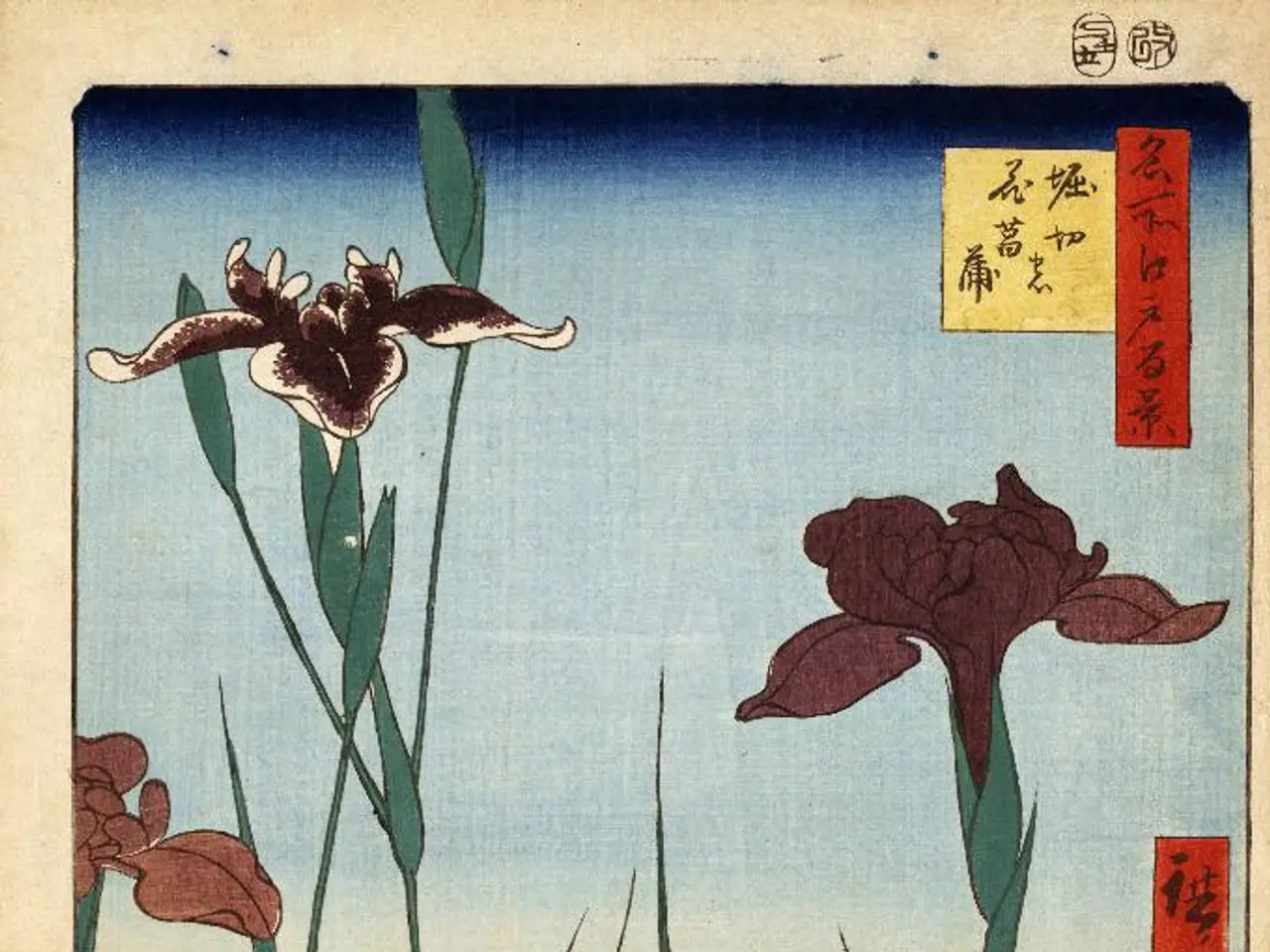Mastering the Art of Gathering and Preserving Wildflower Seeds Expertly
Collecting and Storing Wildflower Seeds for Ecosystem Support and Sustainable Gardening
In the pursuit of sustainable gardening and ecosystem support, collecting and storing wildflower seeds can be a rewarding endeavour. Here's a step-by-step guide to help you get started.
1. Collecting Seeds at Maturity
To ensure successful seed collection, identify when the wildflower seed pods or heads are mature. They typically appear dry and brownish. Using small scissors or pruners, clip the seed heads or pods, sometimes placing a breathable bag (like a paper or mesh bag) over the pods before they fully open to catch falling seeds and prevent loss.
2. Drying Seeds Properly
After harvesting, dry the seeds completely to avoid mold. Spread seeds on trays, screens, or coffee filters in a cool, dark, dry place with good airflow. Seeds should snap cleanly when crushed, signaling full dryness.
3. Cleaning the Seeds
Remove chaff or plant debris by gently rubbing or shaking seeds. Thorough cleaning prevents mold during storage and improves germination success.
4. Storage Methods
Use breathable containers like paper envelopes or manila envelopes for most seeds. Label each packet with species, collection date, and any notes. Store envelopes in a cool, dark, dry place such as a closet, drawer, or dry basement to maintain seed viability.
For some species (e.g., Virginia Bluebells, Phlox, or woody shrub seeds), sealed airtight containers stored in the refrigerator can prolong viability. Seed storage vaults with vacuum seal features also provide superior moisture and pest protection if available. Avoid plastic bags unless completely dry to prevent mold.
5. Longevity and Usage Tips
Most wildflower seeds stay viable 1–5 years in proper conditions; however, it's best to plant seeds the following spring after collection to ensure good germination.
Collecting and replanting wildflower seeds helps preserve these important plants and ensures their continued presence in both natural and cultivated landscapes. Dry the collected wildflower seeds completely before storage to prevent mold or rot.
Tips for Sustainable Wildflower Gardening
- Growing native wildflowers in your garden can help reduce reliance on store-bought seeds and promote a more sustainable gardening practice.
- Before planting, test a small batch of seeds by planting them indoors to ensure they're still viable.
- Store dried wildflower seeds in airtight containers to protect them from moisture, light, and pests.
- Wildflowers play a crucial role in supporting local ecosystems by providing food and habitats for pollinators like bees, butterflies, and birds.
- When collecting wildflower seeds, choose healthy plants with vigorous growth and prolific blooming during the growing season to ensure good genetic stock.
- Respect nature and only collect seeds in moderation, leaving plenty behind for wildlife and the plant's natural reproductive cycle.
- Check on stored seeds occasionally for signs of moisture, mold, or pest damage.
- Connect with other gardeners or local conservationists to swap seeds and grow new varieties in your garden.
By following these guidelines, you can maintain seed viability and ecosystem health responsibly, while also enjoying the beauty and benefits of wildflowers in your garden. Happy gardening!
- To stimulate successful seed germination in your sustainable garden, consider growing native wildflowers, as they reduce the need for store-bought seeds.
- For long-term storage, dry the collected wildflower seeds completely before storing them in airtight containers to protect them from moisture, light, and pests.
- In order to ensure good seed viability, store dried seeds in a cool, dark, dry place like a closet, drawer, or dry basement in breathable containers such as paper or manila envelopes.
- When planting dried wildflower seeds, it's essential to test a small batch indoors first to confirm their viability, as this helps with sowing success.
- Ecosystem support and sustainable lifestyle can be promoted through mindful gardening practices, like selecting healthy plants with abundant growth and blooms for seed collection, leaving sufficient seeds for wildlife and the plant's natural reproductive cycle, and engaging in seed exchange with fellow gardeners or local conservationists.




